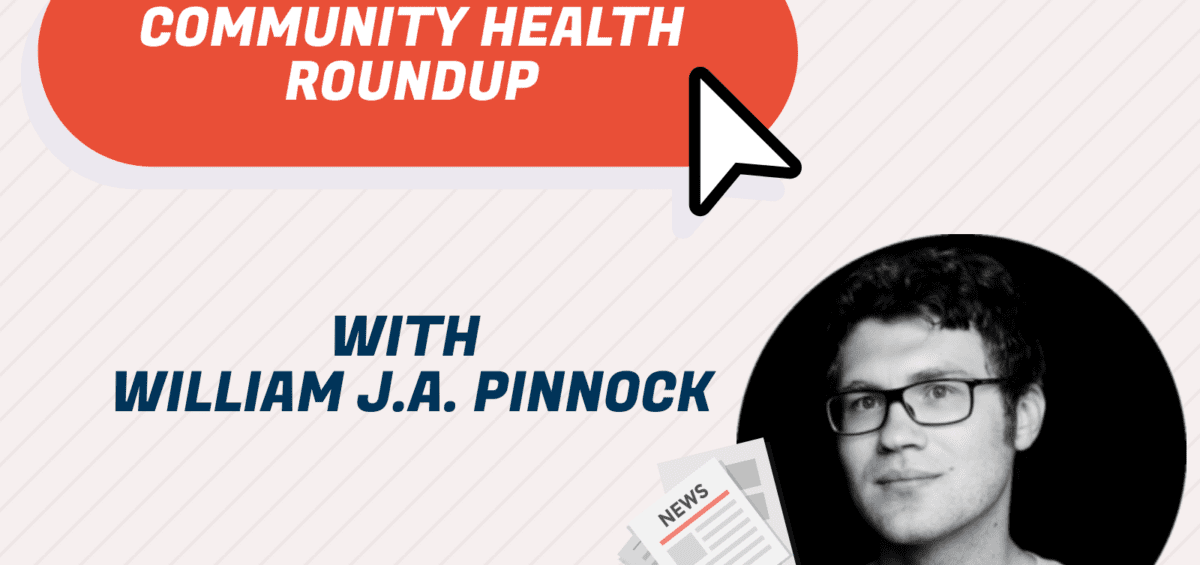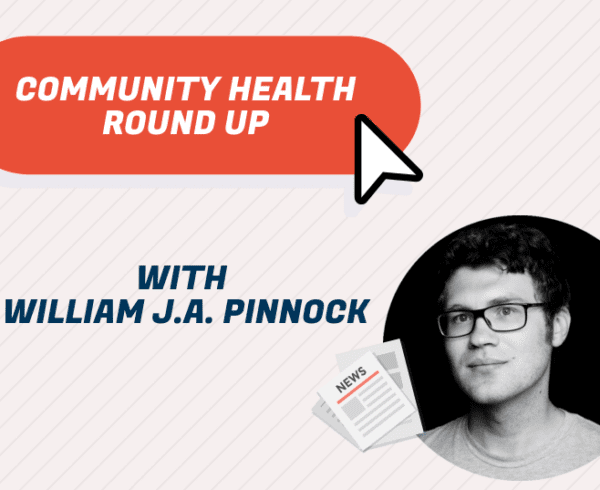Hello and welcome back (or welcome for the first time) to Community Health Roundup: your source for the latest in health news and information. There has been a lot of interesting news this week and I am really excited to share what I have found with you! We have articles about how the F.D.A is responding to pharmaceutical companies attempting to keep their drugs from going generic, how the price of naloxone is rising, a new concussion test from the University of Kentucky, why CHCs benefit Florida, and finally a tribute to “the man with the golden arm”.
We all know the price of name brand drugs can be spendy, which is why generic brands are such a relief to many. But, some pharmaceutical companies try to find workarounds to keep their drugs from going generic for as long as they can. In an effort to curb this behavior, the F.D.A is attempting a new tactic: naming and shaming. They have published a list of pharmaceutical companies who they believe are using “gaming tactics to delay generic competition.” Head over to the NY Times to learn more about the F.D.A’s efforts and leave a comment here if you are so inclined about whether this is a proper response from the F.D.A.
Naloxone. The mere mention of it is conjures up powerful emotions and heart palpitating scenarios. It’s a drug that is often used by police, medics, fireman, and even private citizens. But with the increased demand for it due to the opioid epidemic, the price has ballooned. Since 2012 the price of naloxone has tripled. Since 2006, the price has risen 244%. I know you are saying, “Those are just percentages William, give me some prices, please.” Because you asked so nicely, here’s an example: one maker sold a pack of two auto-injectors for $575 in 2014 and now are charging $4,100. Big increase right? Due to the prices skyrocketing the civil servants listed above and private citizens are having a difficult time buying naloxone and this has caused some senators and advocacy organizations to push back to get prices lower. Read about the naloxone price increase and how groups are working to lower the price here.
Concussions aren’t fun (very obvious statement). Luckily I have never had one (I think), but if I ever bonked my head on something and thought I might have gotten one, a new blood test from the University of Kentucky would be able to tell me. Researchers at the University of Kentucky are experimenting with a rapid concussion blood test that can diagnose a person in 20 minutes, as opposed to the current method for diagnosing which takes much longer. Read more about this new blood test over at the University of Kentucky website.
So far this has been kind of a heavy CHR with articles about pharmaceutical companies and concussion testing. Well, I want to switch gears for a second and add a bit of lightness to this roundup. To accomplish this, I found an opinion piece celebrating the work of community health centers in Florida. So head over the Tallahassee Democrat to read about how CHCs benefit Florida.
Now we all know that Francisco Scaramanga was the man with the golden gun, but did you know James Harrison is the man with the golden arm? You may be wondering who is this James Harrison and what does it mean that he has a “golden arm”. He is an Australian gentleman whose “blood contains a rare antibody that can create a treatment to save babies’ lives”. Mr. Harrison, who started donating at age 18, recently retired from donating his plasma due to hitting the donation age cap of 81. In his 63 years of donating, Mr. Harrison has saved approximately 2.4 million babies with his plasma and he hopes that someone will continue his mission of saving lives and break his record someday. Read more about James “The Man with the Golden Arm” Harrison over at NPR.
About the Author
William Jacob Amadeus Pinnock is a Research Coordinator at OCHIN where he assists with the creation, execution, and dissemination of research projects. He graduated with an MS in Communication from Portland State University where he focused on health communication, rural mass media, and qualitative research methods. He has experience working in commercial health insurance, healthcare research, and radio broadcasting. In his spare time, he is an Adjunct Instructor at Portland State University helping students master the art of public speaking.






